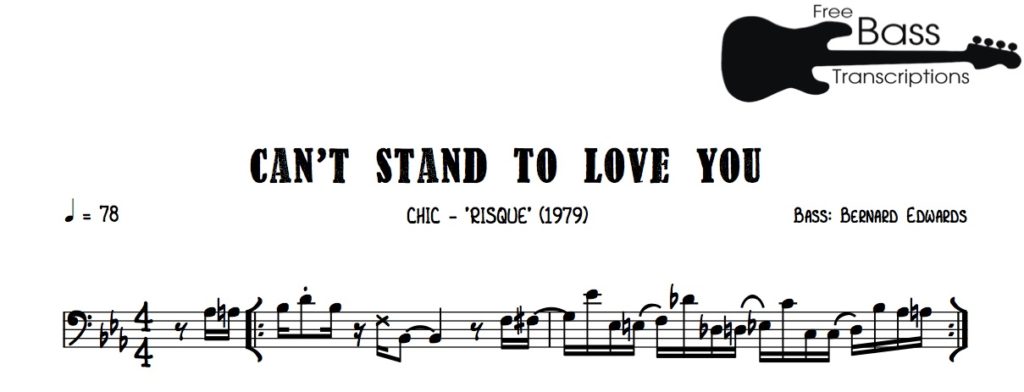For many readers, the following scenario will ring true: in order to earn a living from being a musician you have to take on covers gigs and spend the majority of your Friday and Saturday nights in pubs/bars/marquees/hotel function rooms persuading punters to stay on the dance floor.
Selecting the right repertoire to get revellers out of their seats is an art in itself, and it’s no surprise that there are certain tunes that seem to crop up on every set list. Many great artists have their extensive back catalogues reduced to a couple of numbers that are guaranteed to work; take Stevie Wonder for example – think about how many bands play ‘Superstition’ compared to how often ‘Part Time Lover’ or ‘Do I Do’ get an airing.
Regardless of which band I’m working with, there are some tunes that somehow manage to appear on the set list at almost every single gig:
Good times
Le freak
We are family
But wait… don’t Chic (and Sister Sledge) have lots of other songs? It turns out that Bernard Edwards had some great grooves that don’t get churned out every weekend in wedding venues around the world. Here’s one of my personal favourites:
‘Can’t Stand To Love You’ is a masterclass in writing a busy, yet hook-laden bass line. The main chorus groove uses melodic sequencing, wide intervals and chromatic approach notes – a combination used frequently in bebop improvisation – within the context of a song designed to make people dance.
Whereas some artists have tried to inject aspects of jazz vocabulary into pop music and have ended up sounding too clever for their own good (I’m looking at you, Sting), Bernard & Co. managed to keep disco’s dance-friendly sensibility at the core of their music while adding a touch of harmonic invention.
A closer look at the phrase in bar in bar 2 reveals why the line works so well; each double chromatic approach lands on either a chord tone or an extension of the underlying Eb7 chord and is followed by a leap of a diatonic 6th. Once we’ve heard beats 1 and 2 our ears know exactly what should come next – there’s a sense of inevitability to the melodic line which is created by the symmetrical descending pattern.


